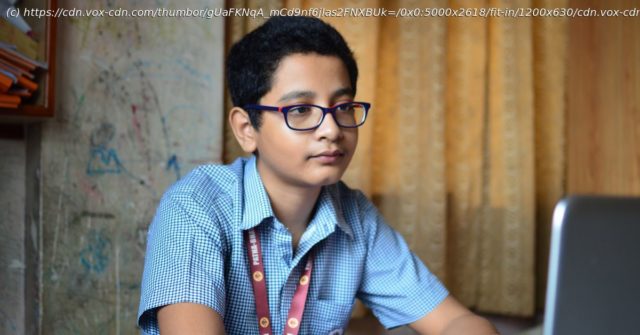Getting schools open again can be done, but it’ll take a lot of money and a real plan.
When Roy Romer took over as superintendent of the Los Angeles Unified School District after three terms as governor of Colorado in the 1990s, he faced a daunting challenge. The district was 150,000 desks short, forcing kids to use classrooms in shifts on chaotic year-round schedules. It didn’t work well, he says, especially for kids who were already behind and struggling with difficulties at home. He decided there was no alternative but to try to get the facilities students needed.
“We built 137 schools, made it available so every child could have a place in the classroom, and massively changed the course of instruction in LA,” Romer said.
It cost a lot of money, but it worked.
America’s entire education system is teetering on the brink of catastrophe. Distance learning has proved to be the education disaster experts feared, parents are at the end of their tethers, and the American Association of Pediatrics (AAP) is now calling for schools to reopen. But the Centers for Disease Control and Prevention (CDC), unlike the AAP, has assessed the school question essentially without reference to the educational impacts. They are calling for schools to operate with “desks at least 6 feet apart when feasible,” which would make it impossible for schools to maintain anything resembling the normal number of students in a classroom. Many districts are planning to have kids in school only two days a week to free up more space.
That’s a logistical nightmare for working parents, and it also seems unlikely to be adequate educationally — the same problem Romer faced in Los Angeles in the early 21st century but on steroids.
Now Romer and his son, the Nobel Prize-winning economist Paul Romer, are calling for another ambitious (but hopefully faster) plan to get kids back into normal classrooms: large-scale testing. If you can test students, teachers, and staff frequently, isolate the positive cases, and retest their close contacts, it is possible to control the spread of the virus without heavy-handed closures. Things like masks and an effort to shift as much activity as possible outside would serve to further enhance the impact.
This would, again, be a big effort, but Paul Romer thinks it’s worth it.
“The CDC guidance on schools here is just irresponsible and inexcusable,” he says. “They’re taking no account of what’s happening to student learning.”
A shift to a testing-based strategy rather than a distancing-based one would require both money and regulatory changes. Right now, everything from federal fiscal policy to CDC guidance is conspiring against a safe reopening, raising the prospect of a lost year (or potentially even more) of American education with massive long-term damage that will exacerbate every class, racial, and gender gap in the country.
The United States could have spent May and June pushing for all-out suppression of SARS-CoV-2, which would have allowed schools to reopen this fall under safer conditions. Instead, many states — not just red ones but blue ones like California — let their guards down and plowed ahead with reopening indoor venues like bars and restaurants that can’t be enjoyed with masks, leading to a surge in case counts.
At the same time as data has poured in, it’s becoming increasingly clear that America’s spring experiment with distance learning was a failure.
Back when the distance learning experiment was relatively new, Andrew Rotherham, the co-founder of Bellwether Education Partner and an education policy staffer in the Clinton administration, had the most optimistic assessment of school closures of any expert I found, saying that for older kids from middle-class families, “this will be not that big of a deal.”
Nonetheless, he was very worried about “early grades where we’re focused on literacy, which really is foundational to your experience in school and life.” And absolutely everyone was extremely alarmed about the fate of kids from lower-income families, kids whose parents don’t speak English, kids whose parents can’t work from home, and others who are most vulnerable to breakdowns in the education system.
Research from the Opportunity Insights Economic Tracker suggests that, eventually, the burden of school closures overtaxed even most affluent families’ ability to help their kids keep up. As this chart shows, student progress in Zearn math (a popular distance learning program used in my son’s school and many others) actually rose in high-income zip codes for the first six weeks or so of the crisis, offsetting a decline in progress in low-income zip codes. Then, starting in May, even the more affluent areas started falling, and by the mid-June end of the normal school year, progress had plummeted across the board.
The upshot is that white-collar parents probably can make distance learning work for their kids at the expense of their sanity and job performance, but working-class parents often can’t.
Домой
United States
USA — Music Reopening schools safely is going to take much more federal leadership






